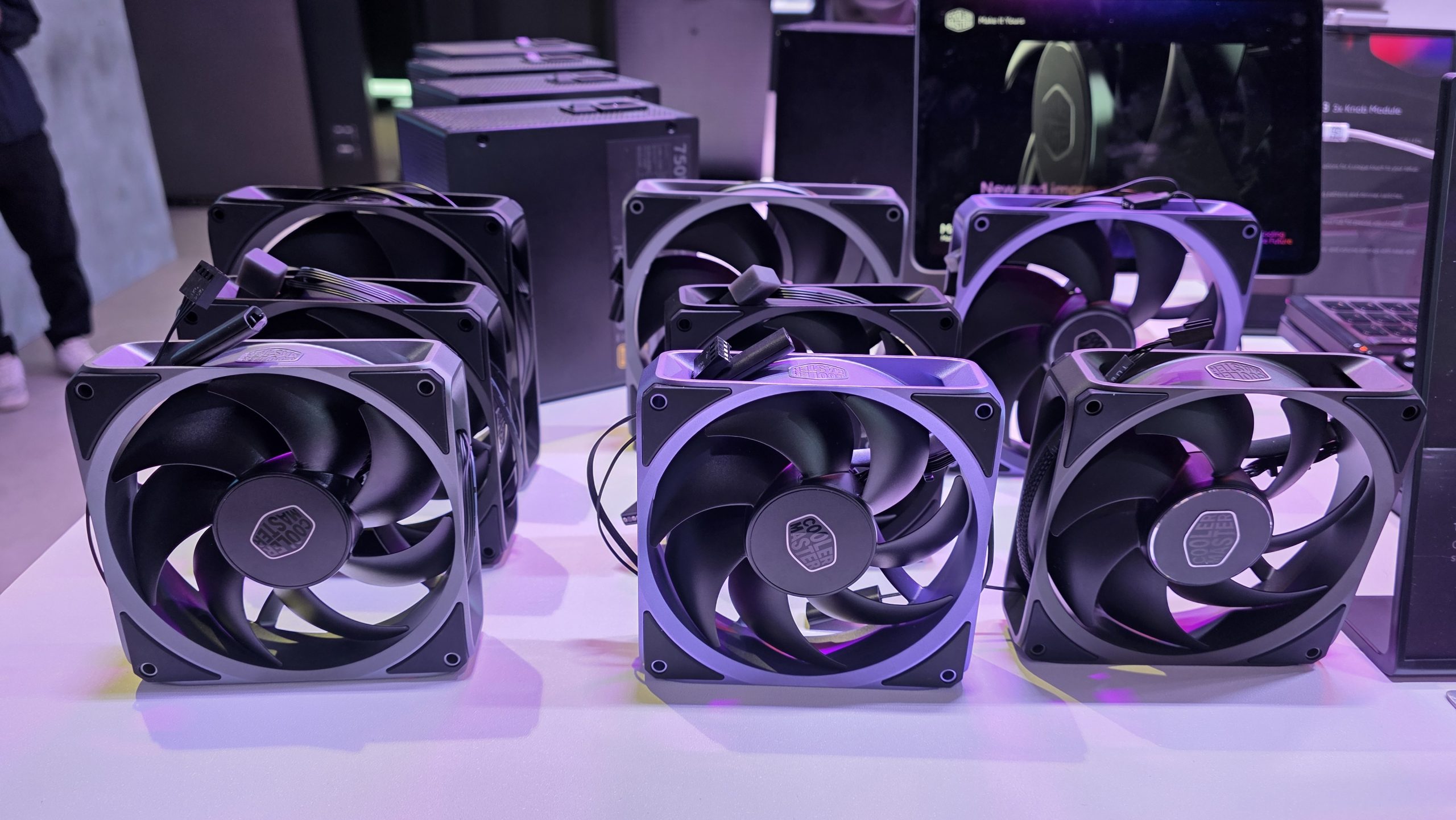Achieving thermal efficiency in electronic systems is crucial for maintaining performance and prolonging hardware lifespan. One of the most effective methods to manage heat dissipation involves the use of PWM Pulse Width Modulation cooling fans. These fans provide precise control over fan speed, allowing systems to adjust airflow dynamically based on temperature changes. By varying the duty cycle of the PWM signal, the fan can run at optimal speeds without unnecessary energy expenditure, ensuring that components remain cool while minimizing power consumption. This dynamic control contributes significantly to thermal efficiency by delivering just the right amount of cooling needed at any given moment. Low-noise operation is another essential benefit of PWM cooling fans. Traditional fans often run at a constant high speed, creating excessive noise even when full airflow is not necessary. PWM fans, on the other hand, can reduce their speed during periods of lower thermal demand, which significantly cuts down on noise output.

This feature is particularly important in environments where quiet operation is desirable, such as in offices, studios, or home setups. Reducing noise pollution without sacrificing cooling performance helps create a more comfortable and productive environment for users. The ability of PWM fans to balance airflow and acoustics also improves overall system reliability. Excessive heat can lead to hardware failures and reduced component lifespan, pwm fan meaning while loud fans may indicate inefficient cooling or overuse. By efficiently regulating fan speed based on precise thermal feedback, PWM cooling systems avoid both overheating and unnecessary wear on the fans themselves. This balance enhances the longevity of both the cooling system and the hardware it protects, ensuring that devices operate smoothly over extended periods. Energy efficiency is another significant advantage associated with PWM cooling fans. Since these fans adjust speed in real-time, they consume only as much power as required to maintain safe operating temperatures.
This contrasts with fixed-speed fans, which often waste energy by running at full power regardless of the system’s actual cooling needs. Lower power consumption translates to reduced electricity costs and a smaller environmental footprint, making PWM fans an eco-friendly choice in thermal management solutions. In addition, PWM cooling fans offer greater flexibility in system design. Engineers can program fan profiles tailored to specific hardware configurations and usage patterns. This customization allows for optimized cooling strategies that can adapt to diverse scenarios, from high-performance gaming rigs to energy-conscious office machines. The precision control provided by acdcfan technology makes it possible to fine-tune fan behavior, striking an ideal balance between cooling efficiency and noise reduction based on real-time data. Implementing PWM cooling fans in thermal management systems leads to a more efficient, quieter, and sustainable operation. By intelligently adjusting fan speeds, these systems protect sensitive electronics from heat damage while maintaining an environment that supports user comfort. The combination of thermal efficiency, low noise, energy savings, reliability, and design flexibility makes PWM fans a preferred solution for modern cooling challenges.
